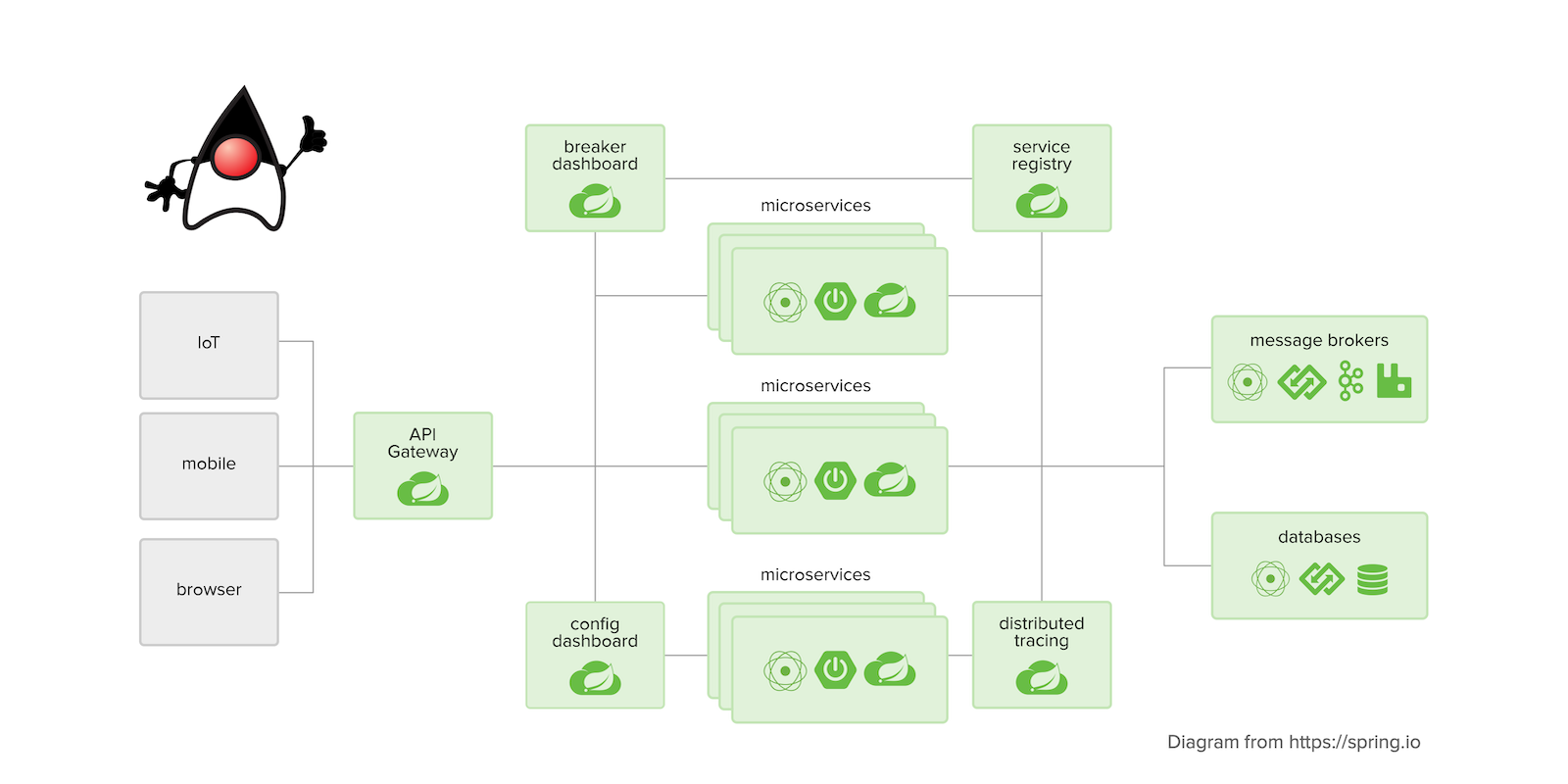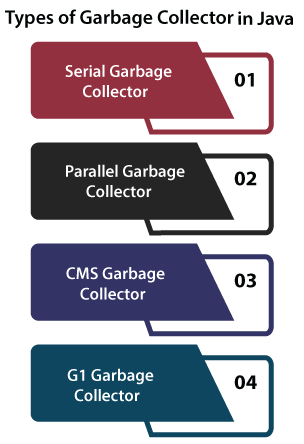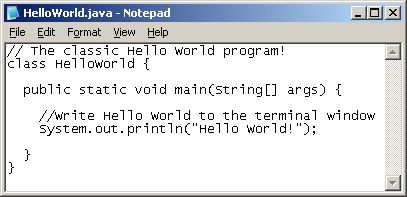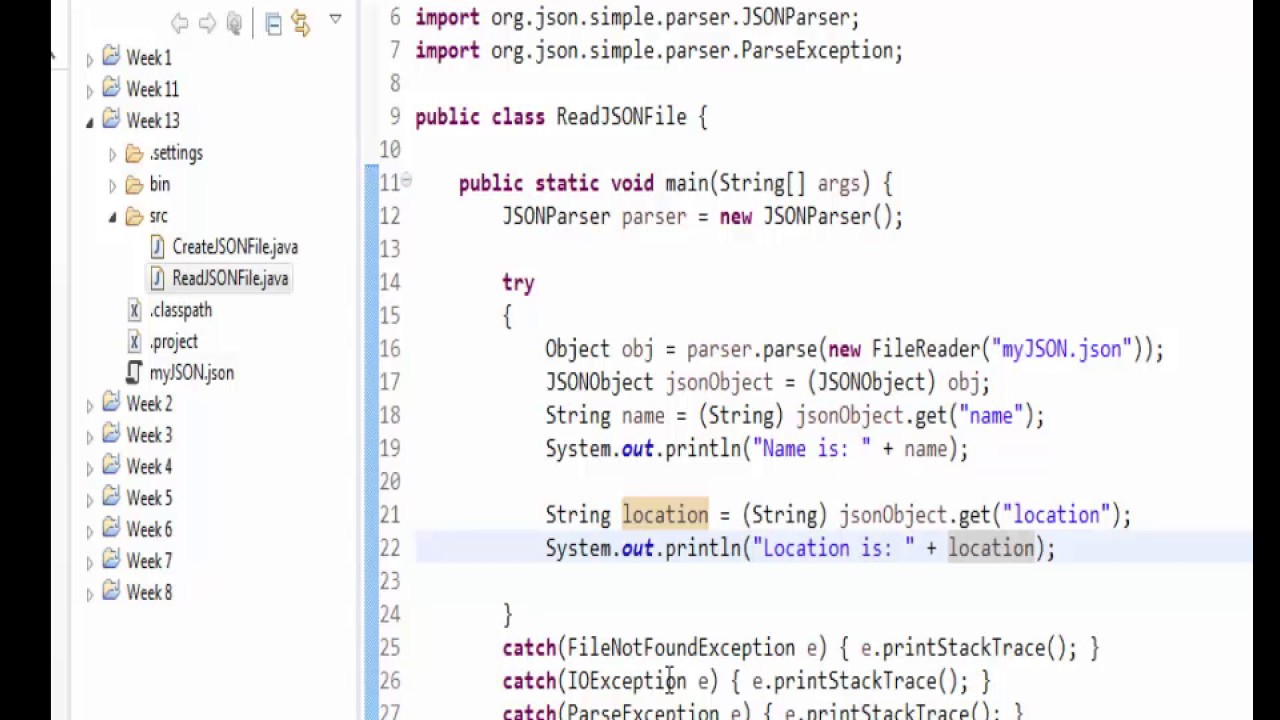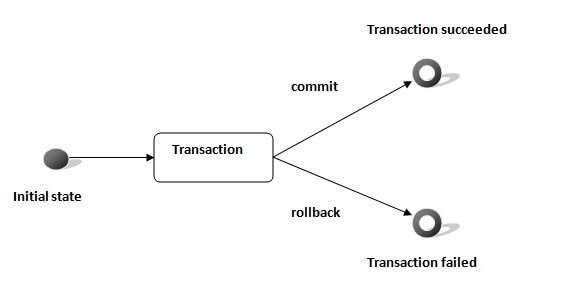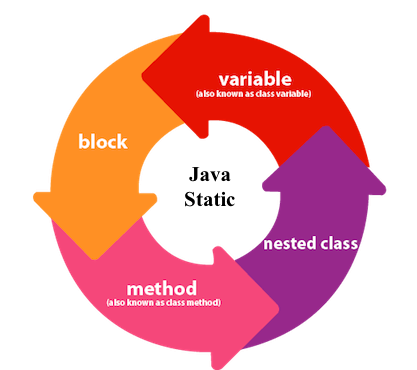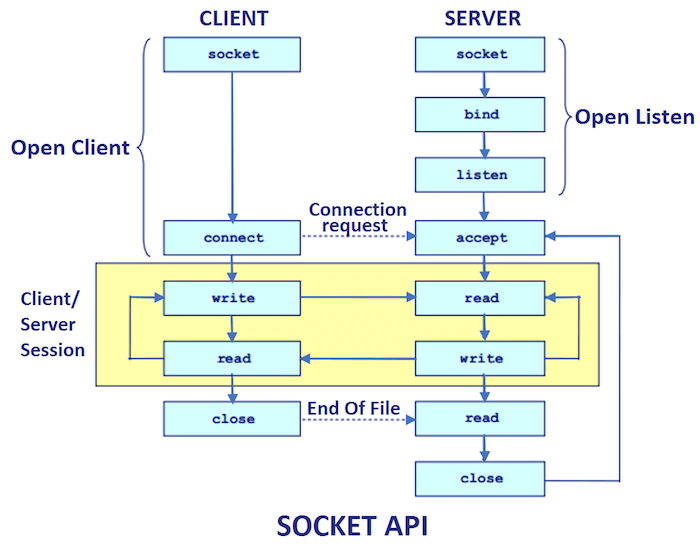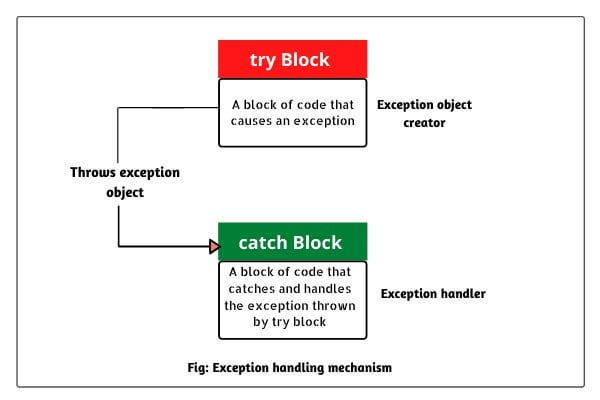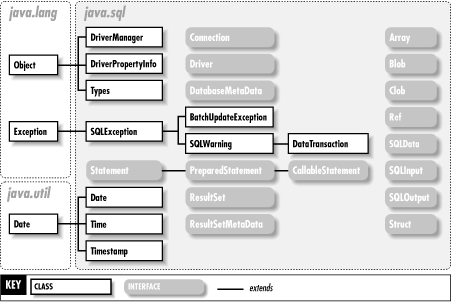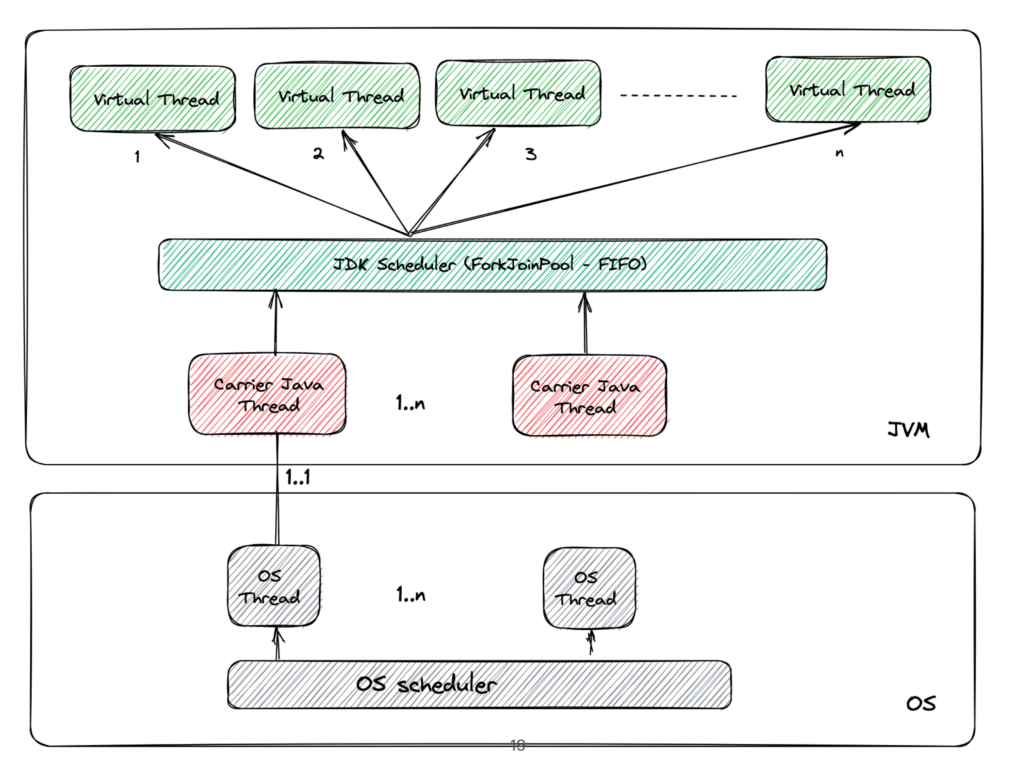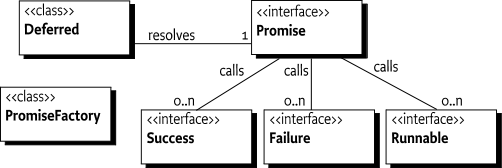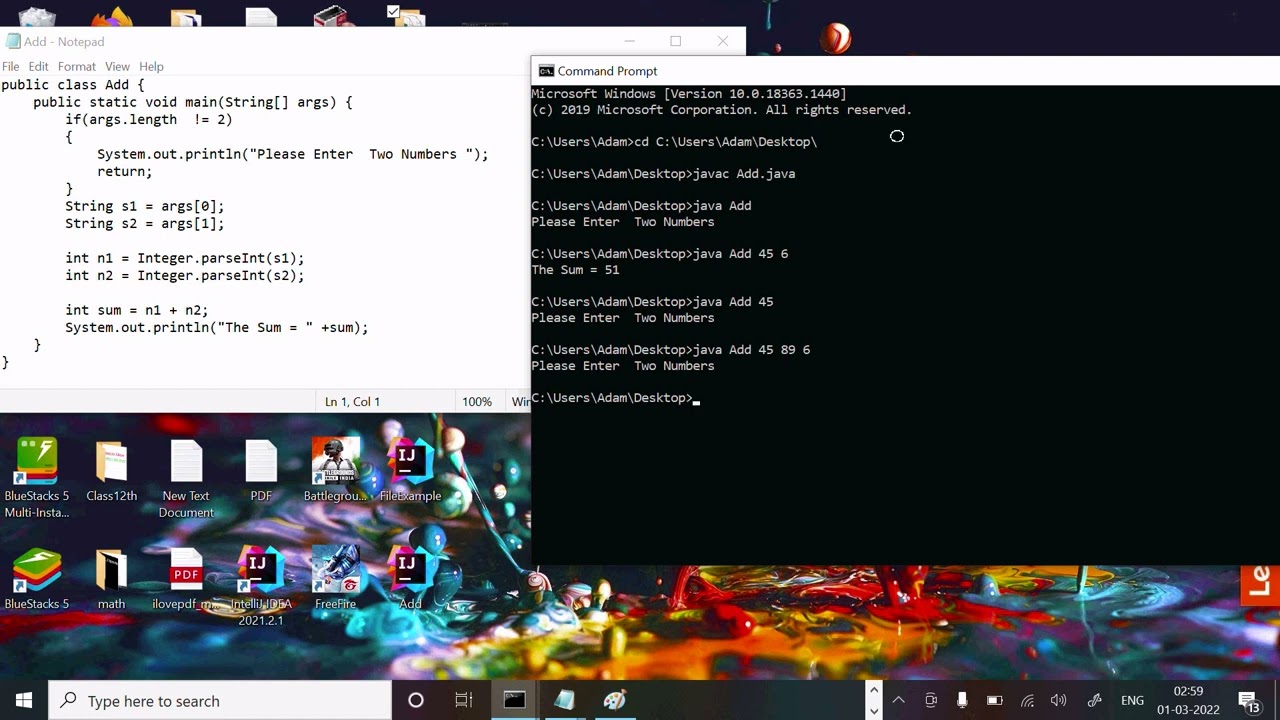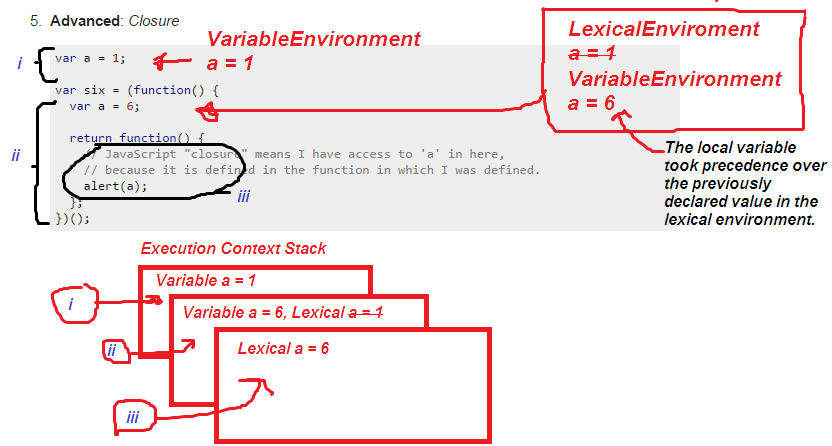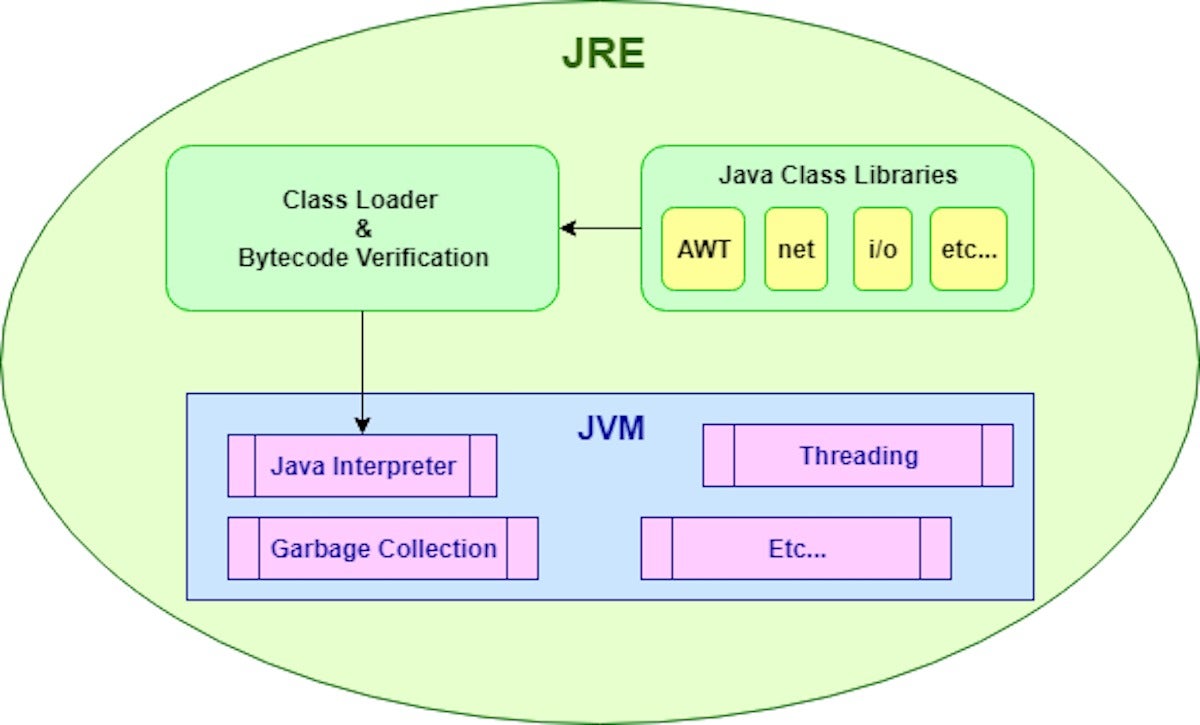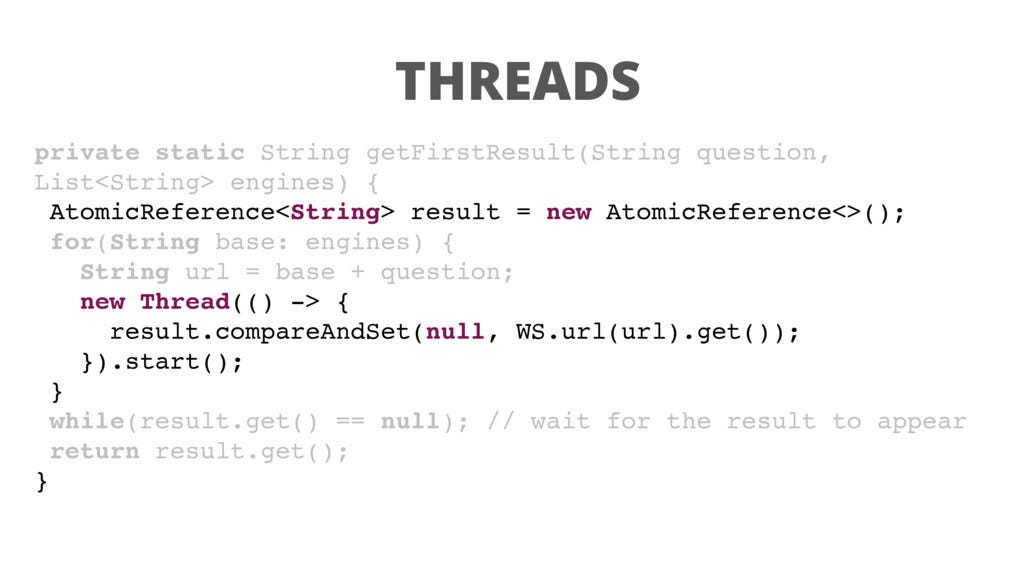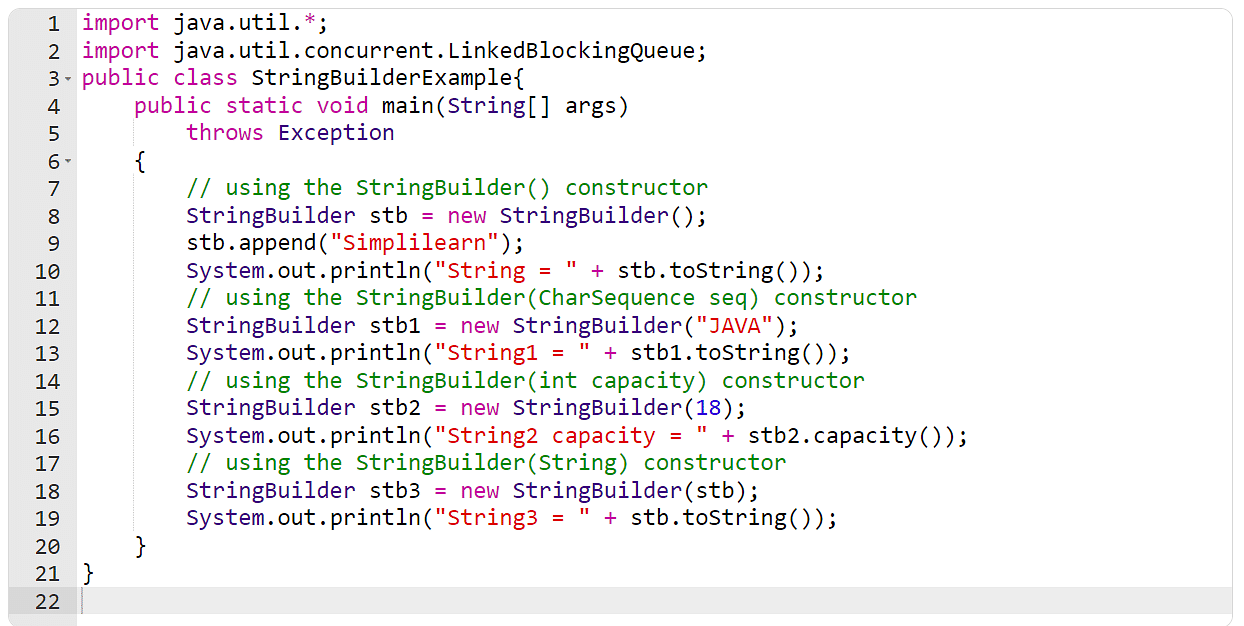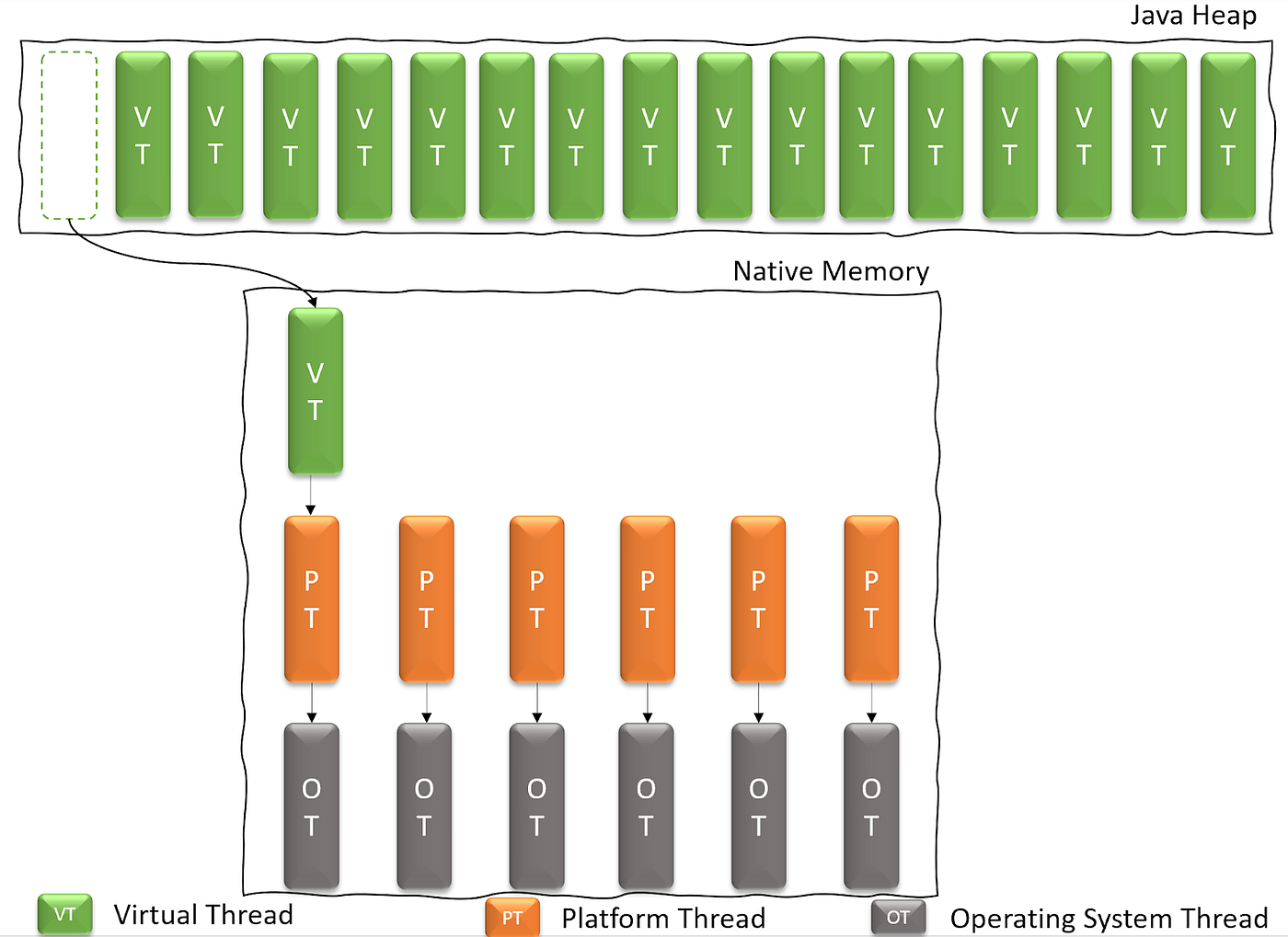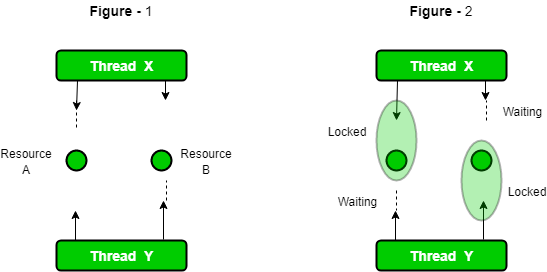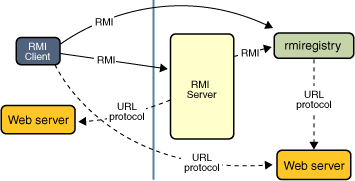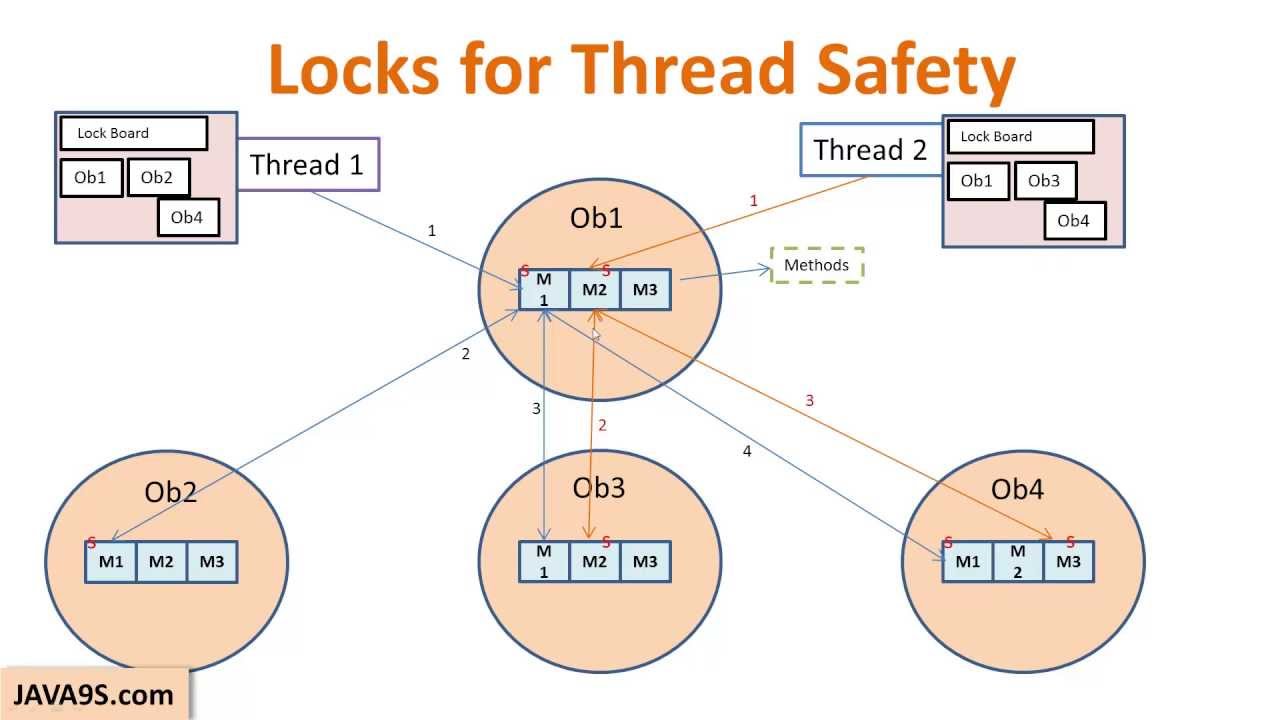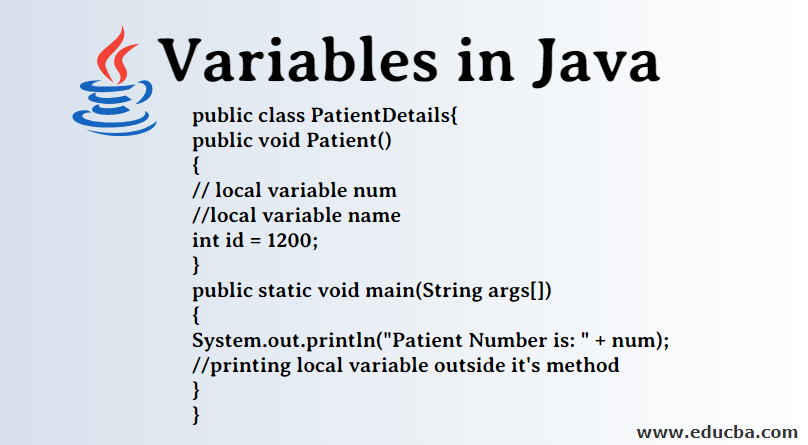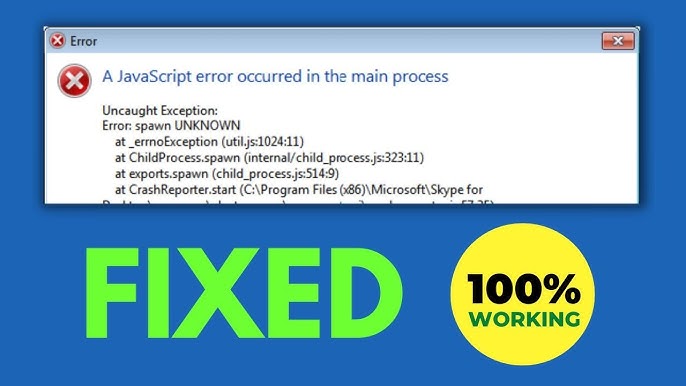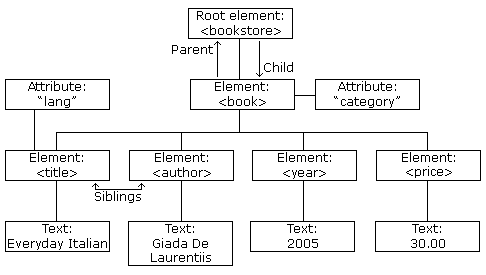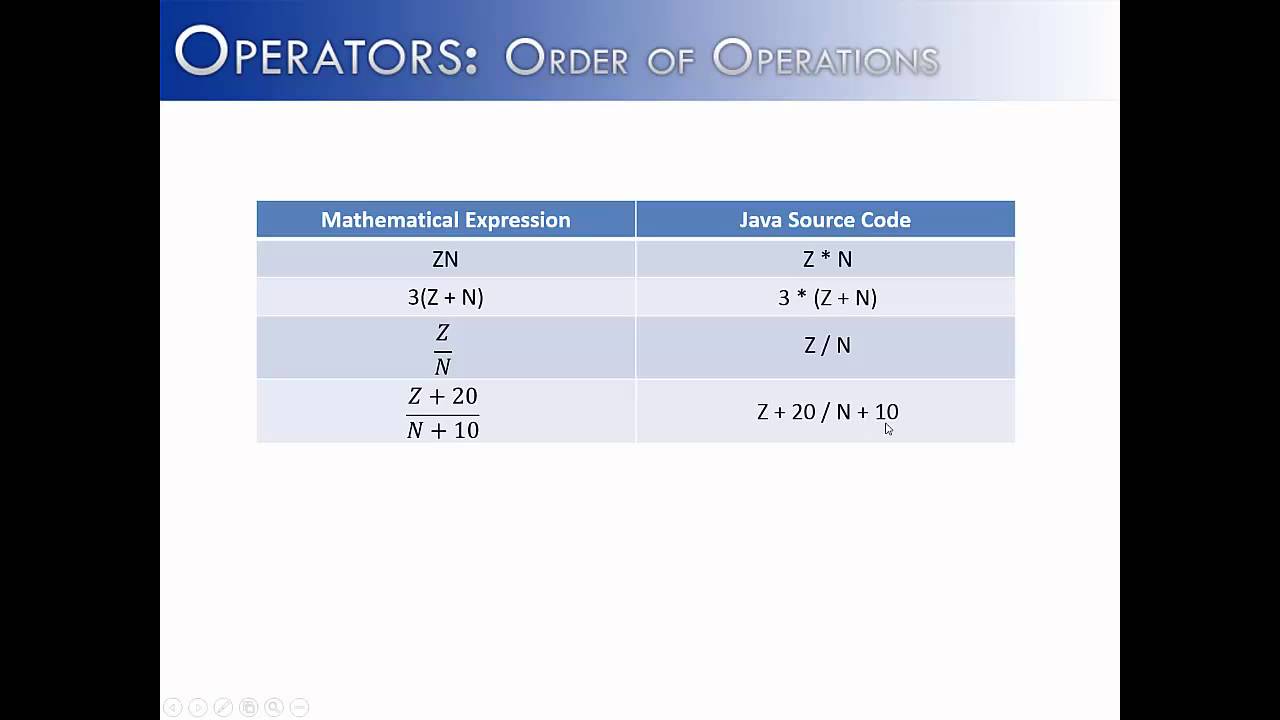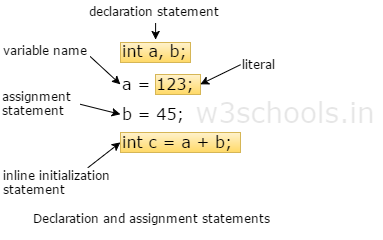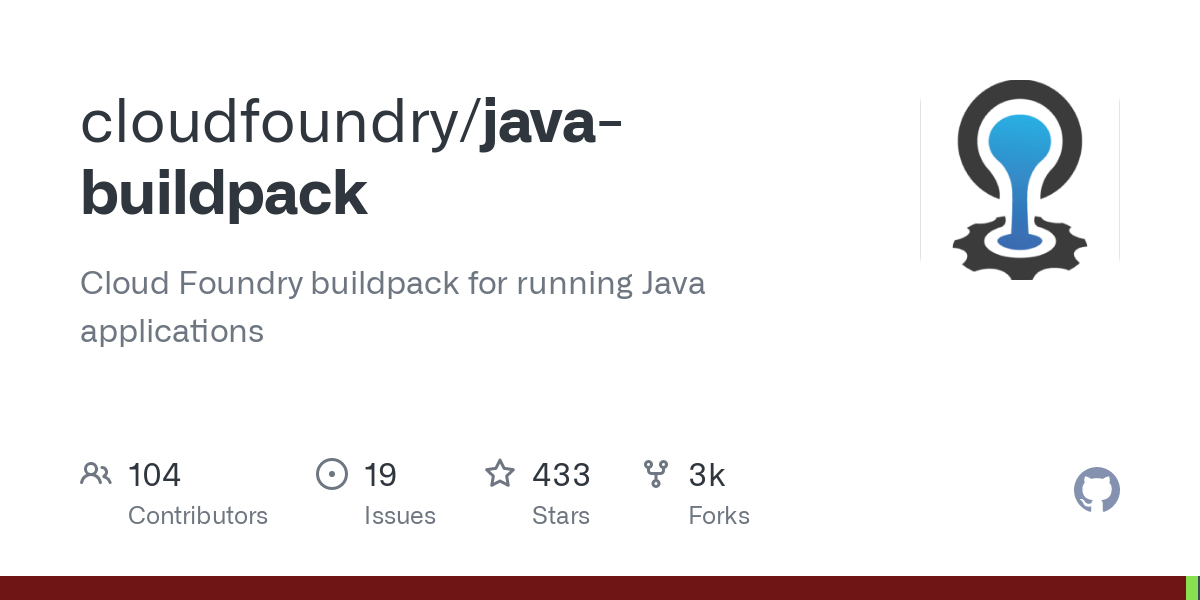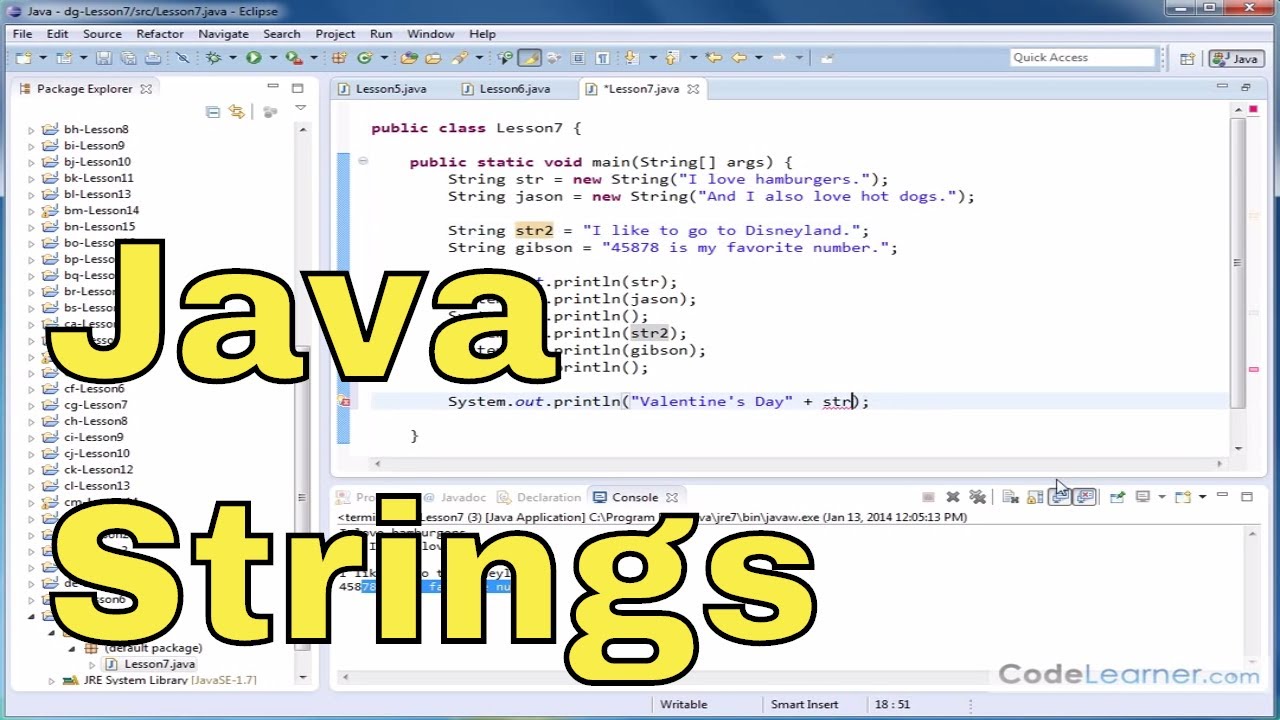java concurrency interview questions
java concurrency interview questions
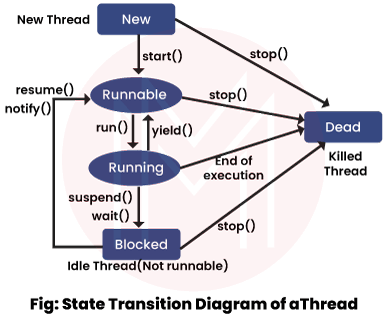
Here are some common Java concurrency interview questions:
What is the difference betweenThread.sleep() and Object.wait()? This question tests your understanding of thread synchronization. Thread.sleep() is used to pause a thread for a certain amount of time, while Object.wait() is used to make a thread wait until a specific condition is met (usually signified by another thread calling notify()) or until it times out. What are the differences between synchronized, volatile, and Atomic variables? This question tests your knowledge of concurrency primitives. Synchronized ensures that only one thread can access a variable at a time, while Volatile is used to ensure that changes made by one thread are immediately visible to others. Atomic variables provide atomic operations for updating shared state. How do you handle deadlocks in Java? This question tests your understanding of concurrent programming and deadlock prevention. A deadlock occurs when two or more threads are blocked, each waiting for the other to release a resource. To avoid deadlocks, ensure that locks are obtained in the same order by all threads, and never hold onto multiple locks simultaneously. What is a PhantomReference? This question tests your knowledge of Java's concurrency features. A PhantomReference is an instance of WeakReference or SoftReference that has been cleared (i.e., its referent has died), but still exists in memory. It can be used to track unreachable objects.
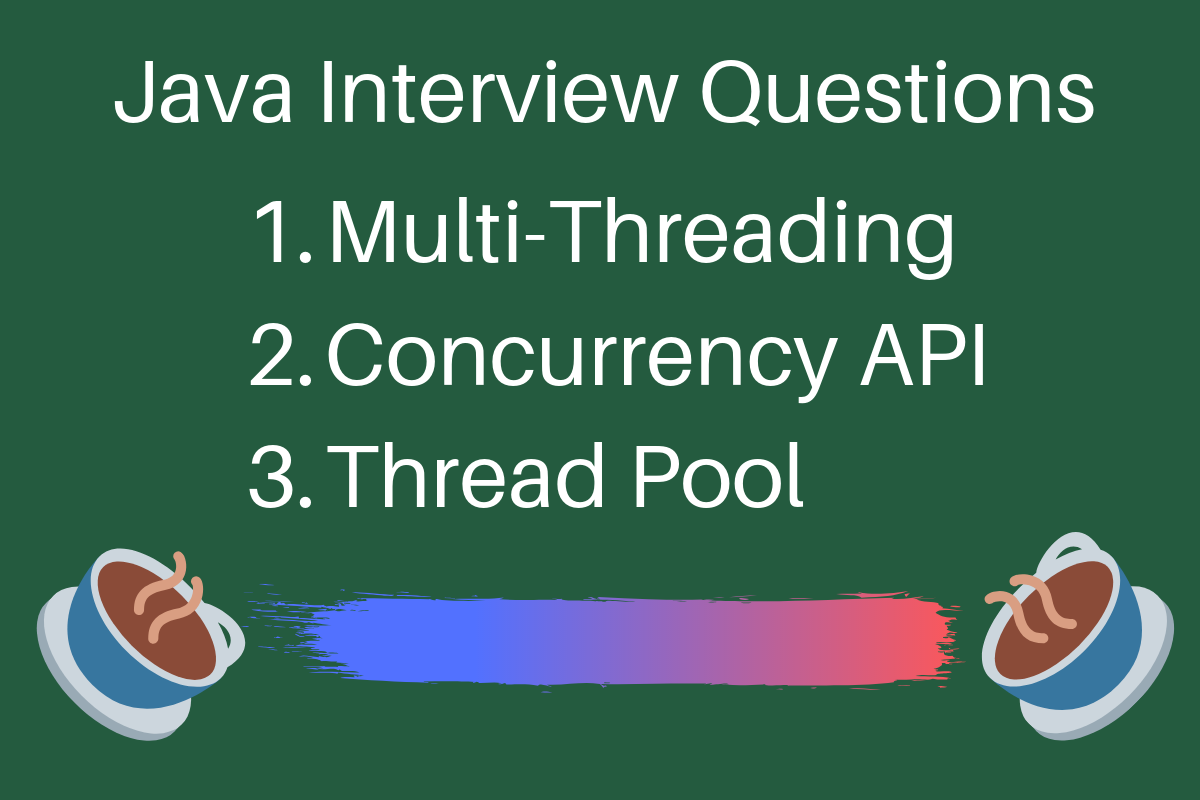
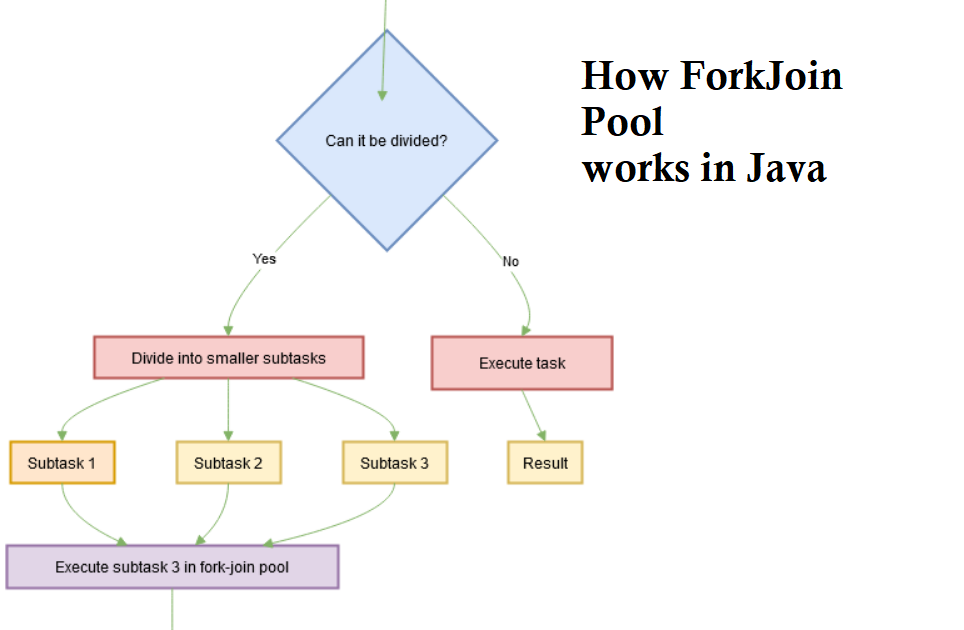
synchronized blocks or atomic operations, and avoid accessing shared state concurrently without proper synchronization.
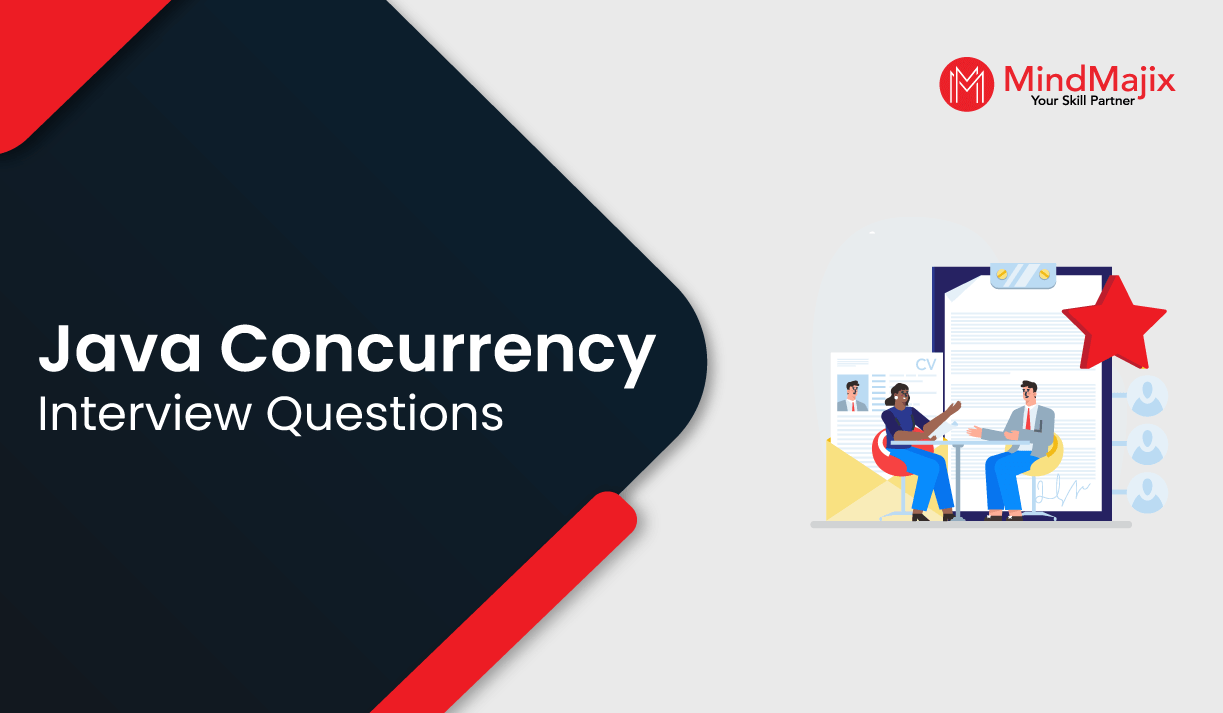
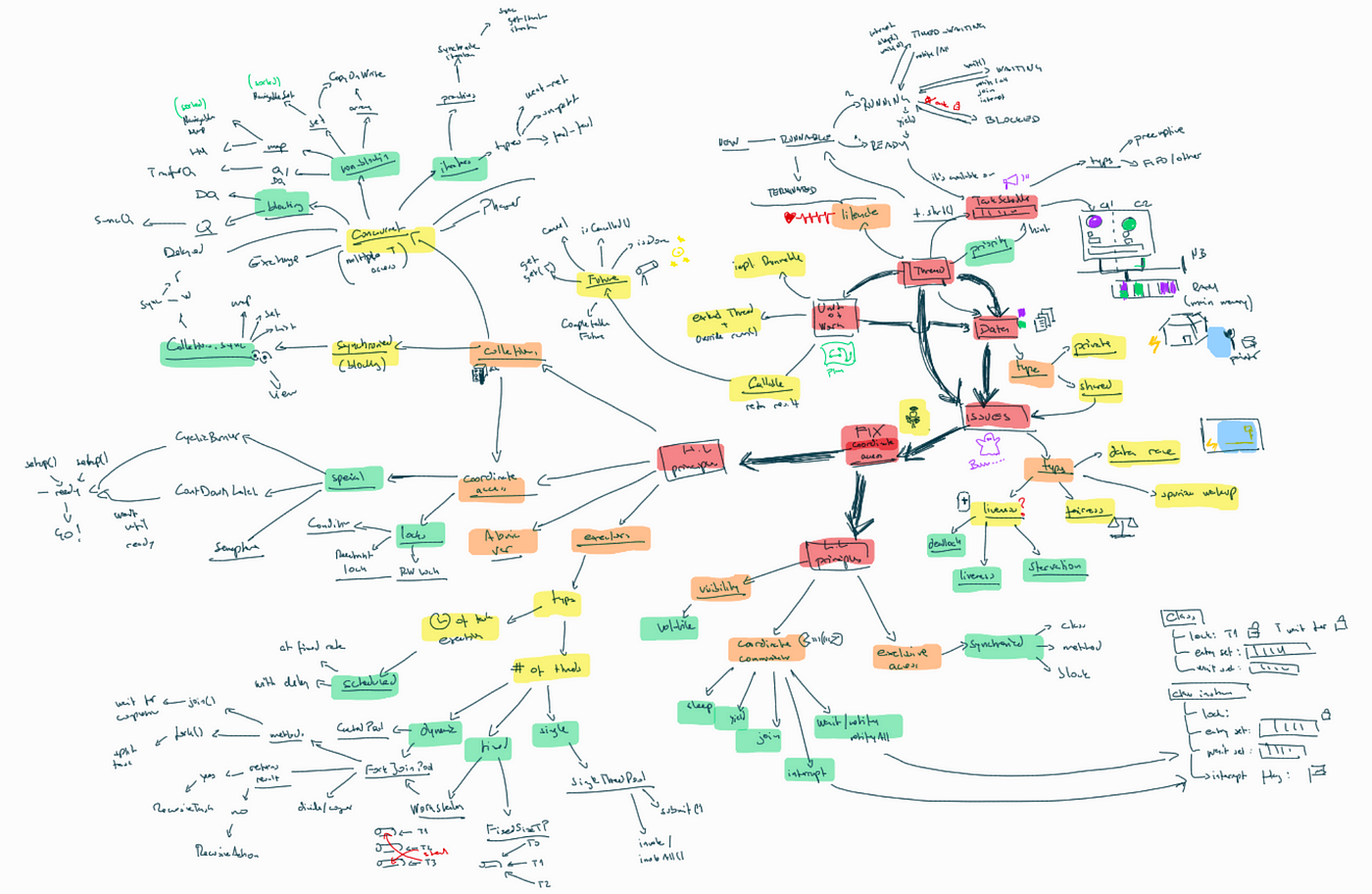
Executor in Java? This question tests your knowledge of Java's concurrency features. An Executor provides a way to execute tasks asynchronously, allowing for more efficient and scalable concurrent programming. What is a CountDownLatch and how do you use it? This question tests your knowledge of Java's concurrency features. A CountDownLatch allows one or more threads to wait until a certain number of operations are completed before proceeding. It can be used to coordinate the behavior of multiple threads. How do you implement a thread-safe singleton in Java? This question tests your understanding of concurrent programming and thread safety. To implement a thread-safe singleton, use synchronized blocks or double-checked locking to ensure that only one instance is created at any time. What is the difference between Thread.yield() and Thread.sleep(0)? This question tests your knowledge of Java's concurrency features. Thread.yield() gives up a thread's slice of time, allowing another thread to run, while Thread.sleep(0) releases the current thread's lock, but does not necessarily give up CPU time.
Remember to be specific with your answers and provide code snippets or examples when possible. Good luck with your interview!
Is Java concurrency good?
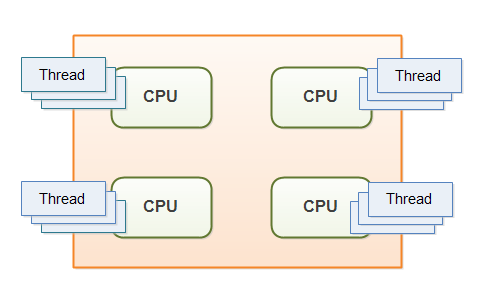
I'll respond in English as per your request!
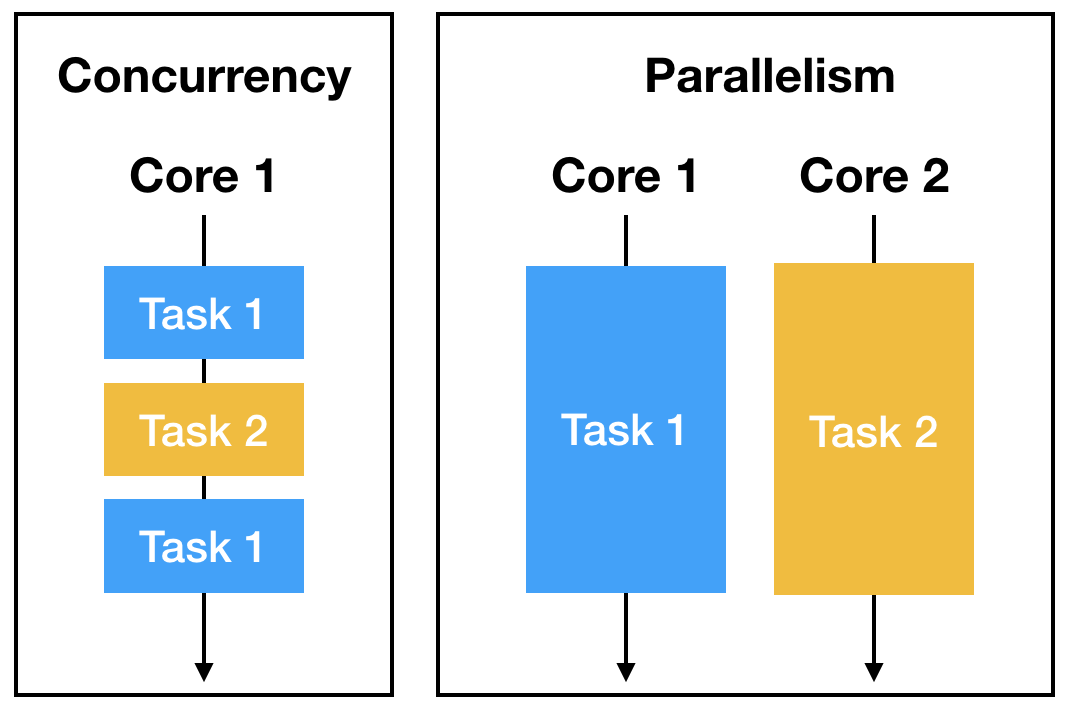
Java concurrency is indeed an excellent feature that has been extensively used in the development of scalable, distributed, and multithreaded applications. The concept of concurrency refers to the ability of a program to execute multiple tasks simultaneously, which can significantly improve system performance, responsiveness, and overall efficiency.
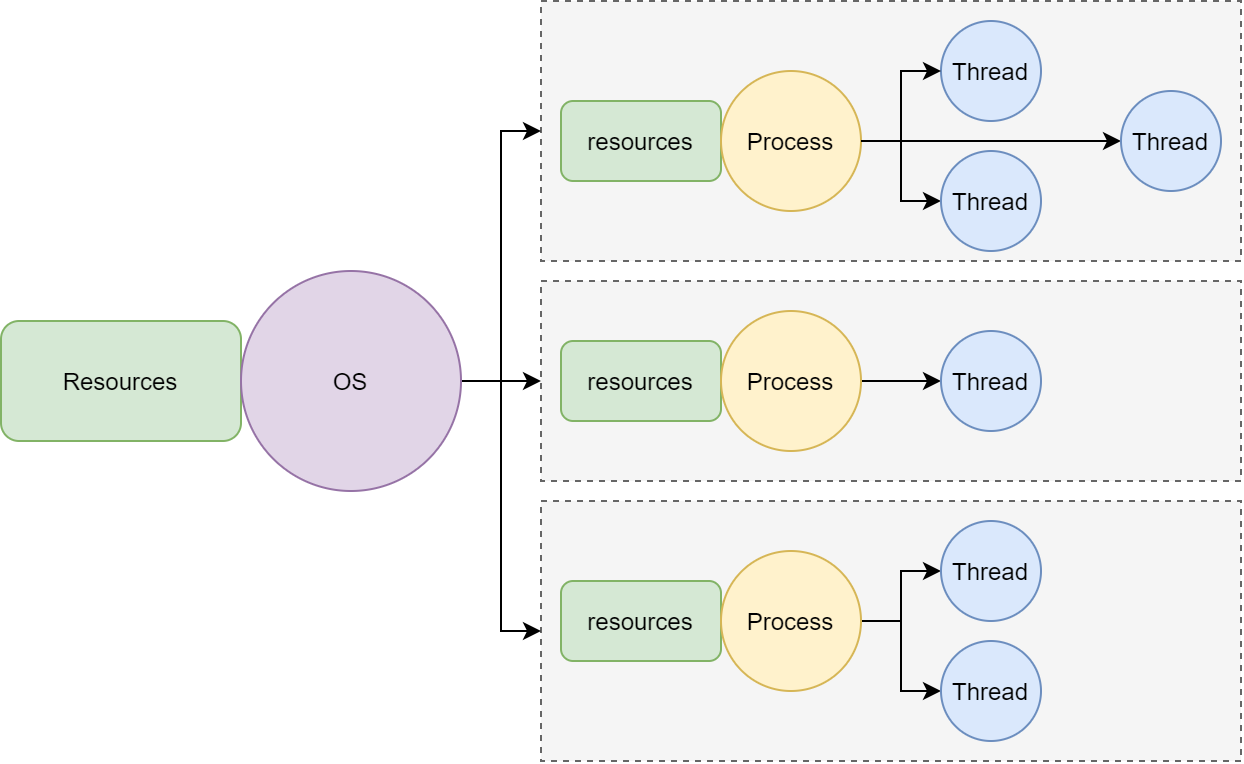
Java provides built-in support for concurrency through its threading API, which includes classes such as Thread, Runnable, Callable, Executor, and ExecutorService. These APIs enable developers to create multiple threads that can run concurrently, improving the overall throughput of the application. In fact, Java's threading model is designed around the concept of "runnable" objects, which can be executed by a thread pool, making it easy to manage concurrency.
One of the key benefits of using Java concurrency is improved system responsiveness. By executing tasks in parallel, you can reduce the overall processing time and make your application more responsive to user interactions or external stimuli. For instance, if you have an application that needs to perform multiple database queries, you can use concurrency to execute these queries concurrently, reducing the overall query execution time.
Java concurrency also offers excellent scalability features. When you scale up a multithreaded application, it becomes easier to add more processing power by simply adding more threads or cores to the system. This is particularly useful in cloud-based applications where resources are dynamically allocated and deallocated as needed.
Another significant advantage of Java concurrency is its ability to handle unexpected events and exceptions effectively. By using techniques like try-catch blocks, finally clauses, and error-handling mechanisms, you can ensure that your application remains robust and resilient even when faced with unforeseen situations.
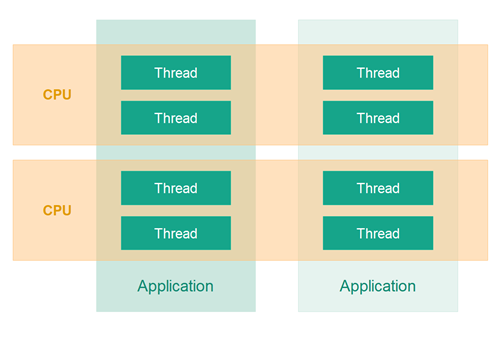
Of course, as with any complex feature, there are some challenges associated with using Java concurrency. For instance, it's essential to manage thread synchronization, avoid deadlocks, and minimize the risk of race conditions. However, by following best practices, using design patterns, and leveraging the built-in features of Java's threading API, developers can effectively harness the power of concurrency.
In conclusion, Java concurrency is an excellent feature that offers numerous benefits for building scalable, responsive, and efficient applications. By leveraging this feature, you can improve system performance, handle unexpected events, and create robust software systems that can adapt to changing requirements and demands.
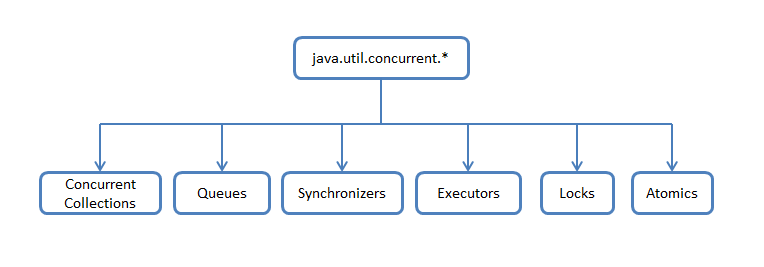
Word count: 306
